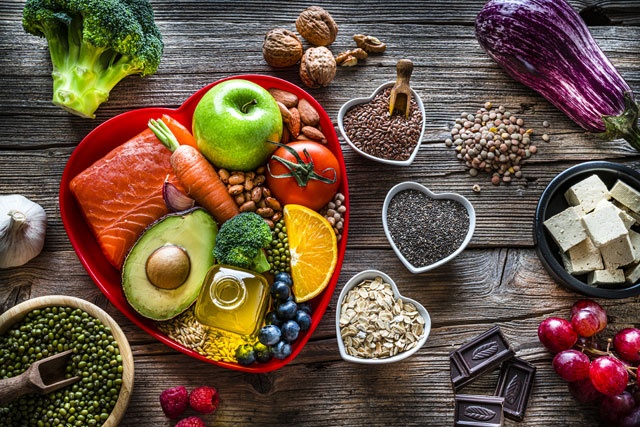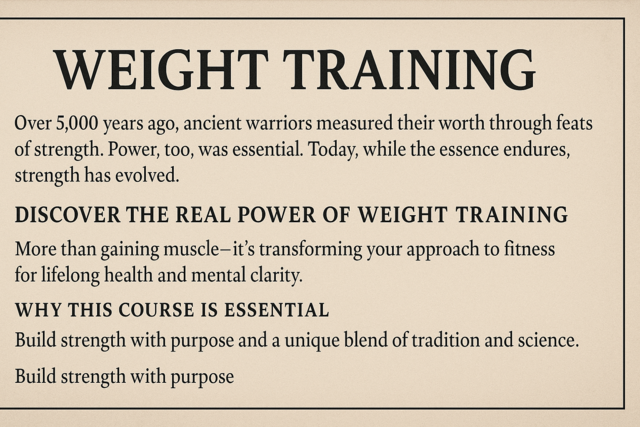?
Minerals help your muscles, bones, heart, and hormones function properly. There are two major groups of minerals: macrominerals and trace minerals. You need larger amounts of macrominerals (calcium, phosphorus, magnesium, sodium, potassium, chloride, and sulfur) than you do trace minerals (iron, manganese, copper, iodine, zinc, cobalt, fluoride, and selenium).
Major minerals
|
Name |
Function |
Sources |
Amount |
|
Calcium |
Makes muscles contract, carries messages through the nervous system, helps blood vessels carry blood to all parts of the body, assists in releasing hormones, provides structure and hardness for bones and teeth. |
Dairy products. Green, leafy vegetables like kale and broccoli. Fish with soft bones you can eat (canned salmon). Some grains (bread and pasta). Fortified fruit juices, tofu, and breakfast cereals. |
Newborns (up to six months): 200mg Infants (7-12 months): 260mg Children 1-3 yrs: 700mg Children 4-8 yrs: 1,000mg Children 9-18 yrs: 1,300mg Adults 19-50 yrs: 1,000mg Men 51-70 yrs: 1,000mg Women 51-70 yrs: 1,200mg Adults 70+: 1,200mg Pregnant and breastfeeding teens: 1,300 mg |
|
Phosphorous |
Part of every cell membrane in the body, phosphorous is important for strong bones and teeth, and releasing energy. |
Dairy products, meat and fish. |
0- 6 mo: 100 mg 7-12 mo: 275 mg 1-3 yrs: 460 mg 4- 8 yrs: 500 mg 9-18 yrs: 1,250 mg Adults: 700 mg Pregnant and breastfeeding women: Younger than 18: 1,250 mg Older than 18: 700 mg |
|
Magnesium
|
Magnesium is essential in 300 body functions: it helps regulate heartbeat, facilitates muscle and nerve function, controls blood sugar, releases energy, and helps make new muscle tissue. |
Wheat bran, almonds and other nuts, spinach, oatmeal, beans, potatoes, bananas, dairy products, avocado, and halibut. |
1-3 yrs: 80 mg 4-8 yrs: 130 mg 9-13 yrs: 240 mg Boys 14-18: 410 mg Girls 14-18: 360 mg Men 19-30: 400 mg Women 19-30: 310 mg Men 31+: 420 mg Women 31+: 320 mg |
|
Sodium
|
Maintains blood pressure and blood volume, helps muscles and nerves work properly.* |
Milk, beets and celery contain naturally occurring sodium. Table salt is a major source of sodium for most people. Processed foods like canned soup, deli meats, fast food, bacon, and sausage are high in sodium. |
2,300 mg (one teaspoon) People with high blood pressure should limit salt to 1,500 mg/day. |
|
Potassium |
Builds proteins, breaks down and uses carbohydrates, builds muscle, maintains normal body growth, controls the electrical activity of the heart, controls the acid-base balance. |
Meats, fish, soy products, veggie burgers, broccoli, beans, potatoes, sweet potatoes, tomatoes, winter squash, bananas, citrus, milk, and yogurt. |
0 - 6 months: 0.4 g 7 - 12 months: 0.7 g 1 - 3 years: 3 g 4 - 8 years: 3.8 g 9 - 13 years: 4.5 g 14 - 18 years: 4.7 g 19+: 4.7 g/day |
|
Chloride |
Maintains fluid balance and forms an essential part of the stomach's digestive juices. |
Chloride most often bonds with sodium to form sodium chloride, which we know as table salt, so you can find it in most of the same foods that contain sodium. |
0-6 mos: 0.18 g 7-12 mos: 0.57 g 1-3 yrs: 1.5 g 4-8 yrs: 1.9 g 9-13 yrs: 2.3 g 14 to 50 yrs: 2.3 g 51 to 70: 2.0 g 71+: 1.8* g |
|
Sulfur |
Making protein, helping the body remove toxins. |
Garlic, onion, broccoli. |
1.1 g |
*Hyponatremia is a condition in which the balance of salt and water in your body shifts suddenly. This can happen when you drink too much straight water at once without any added salt from food. This can happen after an intense and prolonged workout in hot weather when you drink a few bottles of water at once.
You have salt inside every cell in your body. If you suddenly flood your body with a large quantity of water, it will upset your normal salt/water balance (ratio), causing the water to move into your cells very quickly, which results in sudden swelling. The biggest problem occurs when the cells in your brain swell, because they expand against the skull and can't go any further, creating pressure. This condition can cause nausea, vomiting, fatigue, headaches, mental confusion, and even a loss of consciousness.
To avoid hyponatremia, sip water slowly and continuously instead of chugging it all at once. If the weather is hot, or you are exercising at a very intense level for a prolonged time and sweating profusely, hydrate with a sports drink. If you are not under a doctor's care for high blood pressure and you generally eat low-salt foods, consider snacks that contain moderate amounts of sodium, like cheese or pretzels.
Trace minerals
|
Name |
Function |
Source |
Amount |
|
Iron |
Makes hemoglobin, which carries oxygen in the blood throughout the body, and myoglobin, which holds oxygen in the muscles. |
Dried beans, dried fruits, eggs, liver, poultry (dark meat), red meat, salmon, oysters, tuna, whole grains, and iron-fortified cereals. |
Younger than 6 months: 0.27 mg 7 mos-1 yr: 11 mg 1-3 years: 7 mg 4-8 years: 10 mg Males 9- 13 years: 8 mg 14-18 years: 11 mg 19+: 8 mg Females 9- 13 years: 8 mg 14-18 years: 15 mg 19-50 years: 18 mg 51+: 8 mg/day |
|
Manganese |
Helps produce enzymes and antioxidants, assists the nervous system. |
Nuts, seeds, legumes (dried beans and peas), and whole grains. |
Females 1-3 years: 1.2 mg 4-8 years: 1.5 mg 9-18 years: 1.6 mg 19+ years: 1.8 mg Males 1-3 years: 1.2 mg 4-8 years: 1.5 mg 9-13 years: 1.9 mg 14-18 years: 2.2 mg 19+ years: 2.3 mg |
|
Copper |
Building connective tissue (blood vessels, cartilage, and bones), assisting in antioxidant reactions, and using iron. |
Organ meats, seafood, chicken, nuts, seeds, whole grains, chocolate, and legumes. |
1-3 yrs: 340 mcg 4- 8 yrs: 440 mcg 9-13 years: 700 mcg 14-18 yrs: 890 mcg 19+ yrs: 900 mcg |
|
Iodine |
Makes thyroid hormones that regulate your body's growth, development, metabolism, and body temperature. |
Seafood and iodized salt. |
1-8 years: 90 mcg 9- 13 years: 120 mcg 14+ years: 150 mcg |
|
Zinc |
Assists immune function, enzyme action, protein production, DNA synthesis, and cell division. |
Meat, poultry, fish and seafood (especially oysters), legumes, nuts, whole grains, and dairy products. |
1 to 3 years: 7.0 mg 4 to 8 years: 12 mg 9 to 13 years: 23 mg 14 to 18 years: 34 mg 19+ years: 40 mg |
|
Fluoride |
Strengthens teeth and bones, reduces cavity risk in children, can stimulate bone growth. |
Fluoridated water, black tea, toothpaste, and seafood. |
Males 1-3 years: 0.7 mg 4-8 years: 1.0 mg 9-13 years: 2.0 mg 14-18 years: 3.0 mg 19+ years: 4.0 mg Females 1-3 years: 0.7 mg 4-8 years: 1.0 mg 9-13 years: 2.0 mg 14+ years: 3.0 mg |
|
Selenium |
Combines with proteins to make antioxidants, helps thyroid function. |
Whole grains, nuts, and meats. |
1-3 years: 20 mcg 4 to 8 years: 30 mcg 9 to 13 years: 40 mcg 14+ years: 55 mcg |































